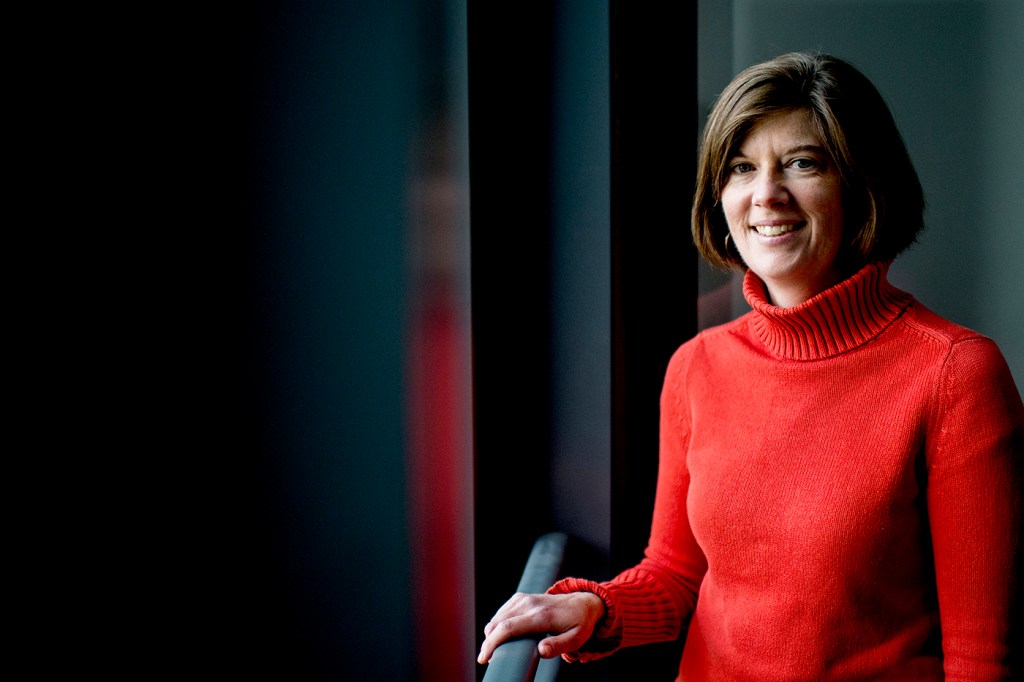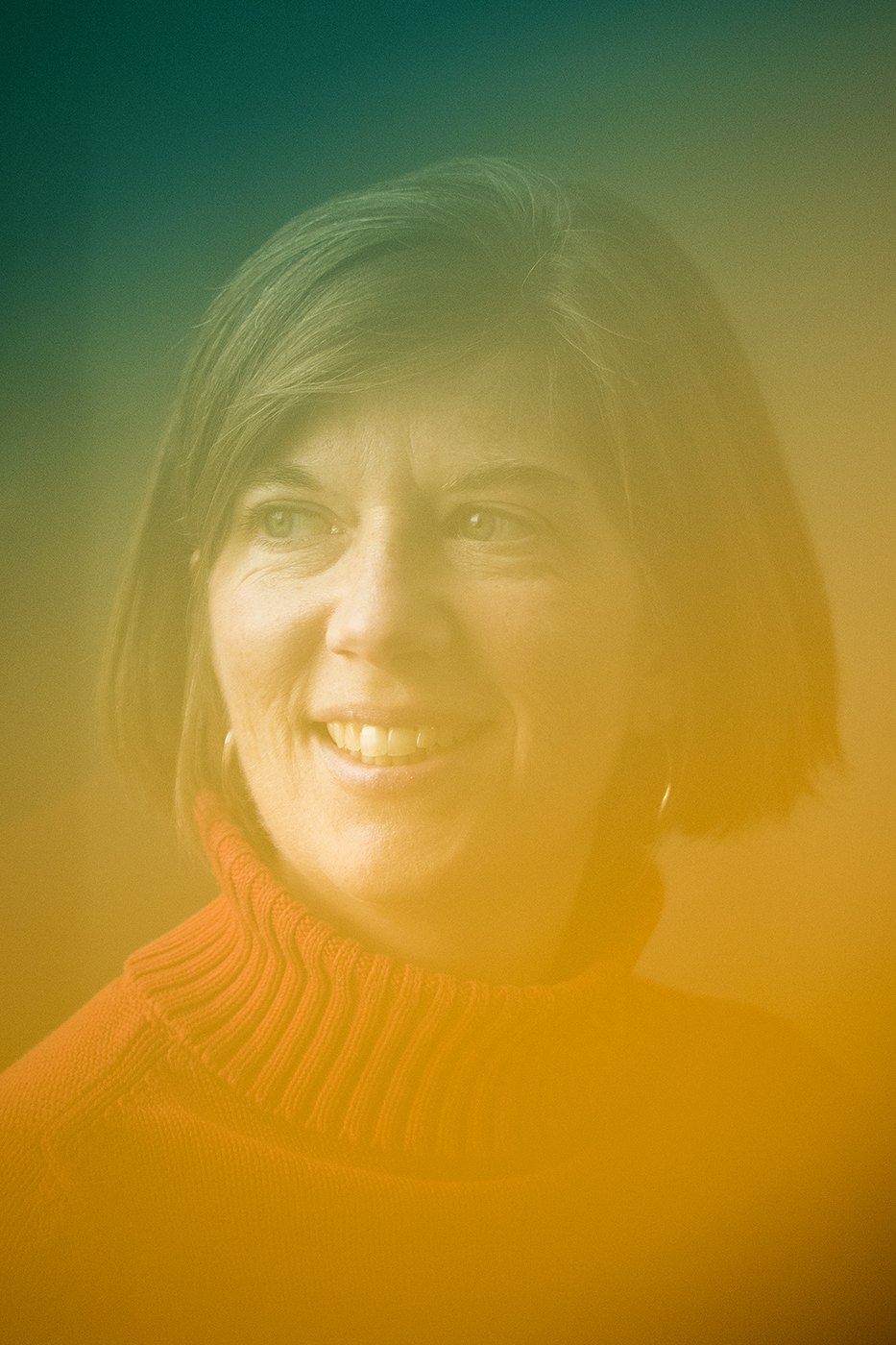Here’s what criminologists are missing when they predict crime rates

Criminologists have long contended that the prevalence of poverty, unemployment, and low-wage jobs in disadvantaged communities can help predict crime rates there. In recent years, they have also begun to explore the relationship between prison cycling, or the flow of people in and out of the prison system, and crime.
Eileen Kirk, a doctoral student at Northeastern, says it is now time to examine these factors together to get a better picture of crime and its effects on communities. Prison cycling, she says, has become embedded in disadvantaged communities in much the same way as poverty and unemployment have. And her research has found that examining all these factors together can help predict with greater accuracy the rate of violent crimes such as murder, rape, and robbery.

Photo by Matthew Modoono/Northeastern University
“This study provides a different way to explore prison cycling and its effect in the community,” Kirk wrote in a paper for which she recently received an award from the American Society of Criminology.
Kirk focused her study on Boston, using neighborhood surveys, crime and prison statistics, and census data.
She said that criminal justice policies created in the 1980s and 1990s have contributed to a vast increase in the number of people in prison, which is known as mass incarceration. These include laws that require offenders to serve predefined terms for certain crimes, and punish repeat offenders who’ve been convicted of a third felony or violent crime with much longer sentences. Although lawmakers implemented these policies to be tougher on crime, Kirk says, the policies have disproportionately affected communities with high rates of poverty and unemployment.
“Because mass incarceration has become so established over the past several decades, it’s not just an institutional concern within the prison system,” Kirk says. “It’s actually something that’s now a new dimension of the community, where prison cycling contributes to disadvantage within the community.”
For media inquiries, please contact media@northeastern.edu.




